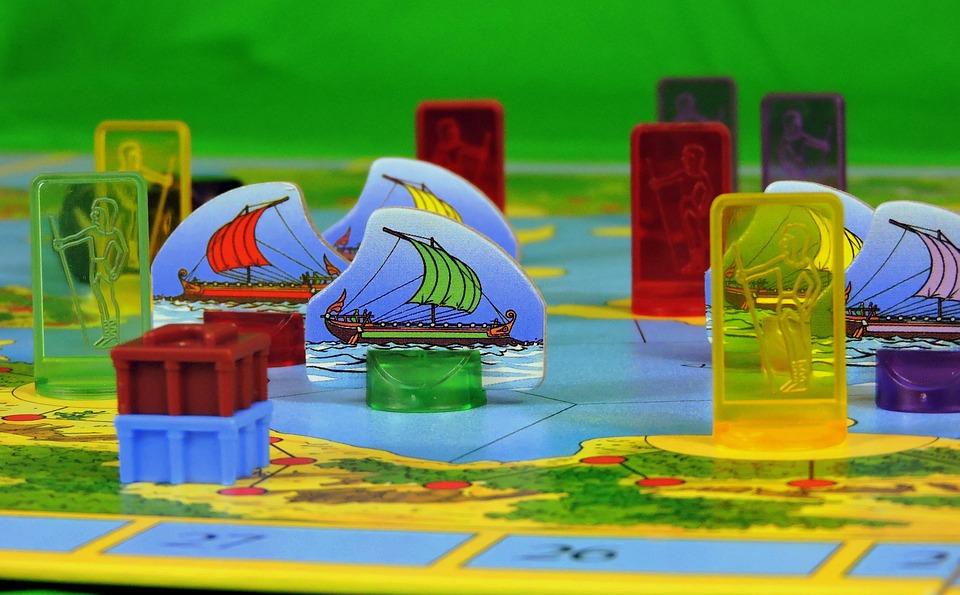Racing games have come a long way from their humble beginnings, evolving from pixelated top-down views to immersive, hyper-realistic experiences. As technology continues to advance at an exponential rate, the future of racing games promises to be an exhilarating blend of virtual reality (VR), augmented reality (AR), haptic feedback systems, and AI-driven gameplay. This article explores the cutting-edge technologies set to redefine racing games and what players can expect in the years to come.
Virtual Reality: The Next Frontier
Virtual reality has revolutionized gaming by immersing players in entirely digital environments. In racing games, VR enhances the experience by allowing players to feel as if they are truly behind the wheel. With headsets like Oculus Rift, HTC Vive, and PlayStation VR steadily improving in terms of graphics, performance, and comfort, the average player can enjoy a high-fidelity racing experience from the comfort of their home.
Immersive Simulations
Growing VR capabilities allow for incredibly realistic simulations, including real-world physics, vehicle dynamics, and even environmental factors like weather. Players can engage in immersive experiences, like feeling every bump on the road or the sensation of speed as they race in iconic locations worldwide. The rise of hyper-realistic graphics ensures that virtual racing tracks mimic their real-life counterparts with astounding accuracy, making the virtual experience nearly indistinguishable from reality.
Enhanced Multiplayer Experiences
VR also opens the door to innovative multiplayer scenarios. Imagine racing alongside friends or players from around the globe in a fully immersive VR environment, where you can see their avatars, hear their reactions, and even partake in in-game interactions. The social aspect of gaming takes on new dimensions when players physically "share" space in a virtual landscape, doubling the excitement and competition.
Augmented Reality: The Real-World Connection
While VR creates a completely digital environment, augmented reality overlays digital elements onto the real world. For racing games, this could mean taking players into their neighborhoods and turning ordinary streets into racing tracks. AR technology, evidenced by devices like Microsoft’s HoloLens, could allow players to interact with virtual opponents on familiar terrain, thereby blending exercise with gaming in a new and exciting way.
Real-World Racing Integration
AR also presents opportunities for real-world racing integration. Imagine a scenario where players can engage in races on their real streets, with digital checkpoints appearing on their phones or smart glasses, providing racing metrics and stats. This combination of physical activity with virtual elements not only creates a unique gaming experience but also encourages outdoor play, promoting a healthier lifestyle.
Haptic Feedback and Simulation Fidelity
To further immerse players, the addition of haptic feedback systems can create a profound tactile experience. Advanced steering wheels, pedals, and motion simulators can reproduce the nuances of driving by simulating road textures, G-forces, and even collisions. Companies like Fanatec and Logitech are already leading the way in providing high-quality racing equipment that enhances the sense of realism in racing games.
Integration with AI
Artificial intelligence is playing an increasingly significant role in video gaming, and racing titles are no exception. AI can enhance gameplay through sophisticated opponent behavior that adapts to a player’s skill level, offering a more tailored experience. Furthermore, AI can assist in creating dynamically generated tracks or events, leading to an almost infinite variety of racing experiences.
Cloud Gaming and Accessibility
With the rise of cloud gaming platforms, racing games will become more accessible to a wider audience. Players will no longer need high-end consoles or PCs to enjoy immersive racing experiences; they can stream games directly to their devices. This shift opens the door for more casual players to participate in the gaming community and experience the thrill of racing without significant investment.
Conclusion: A Thrilling Ride Ahead
The future of racing games is poised to be an exhilarating journey, driven by advancements in VR, AR, AI, and cloud technology. As these elements come together, the line between reality and gaming continues to blur, promising players experiences that feel both novel and authentic. With a focus on immersion, interactivity, and accessibility, the next generation of racing games is set to redefine what it means to take the wheel. Whether you are a casual racer or a hardcore enthusiast, the future holds limitless potential—fasten your seatbelt, because the ride is just beginning!



